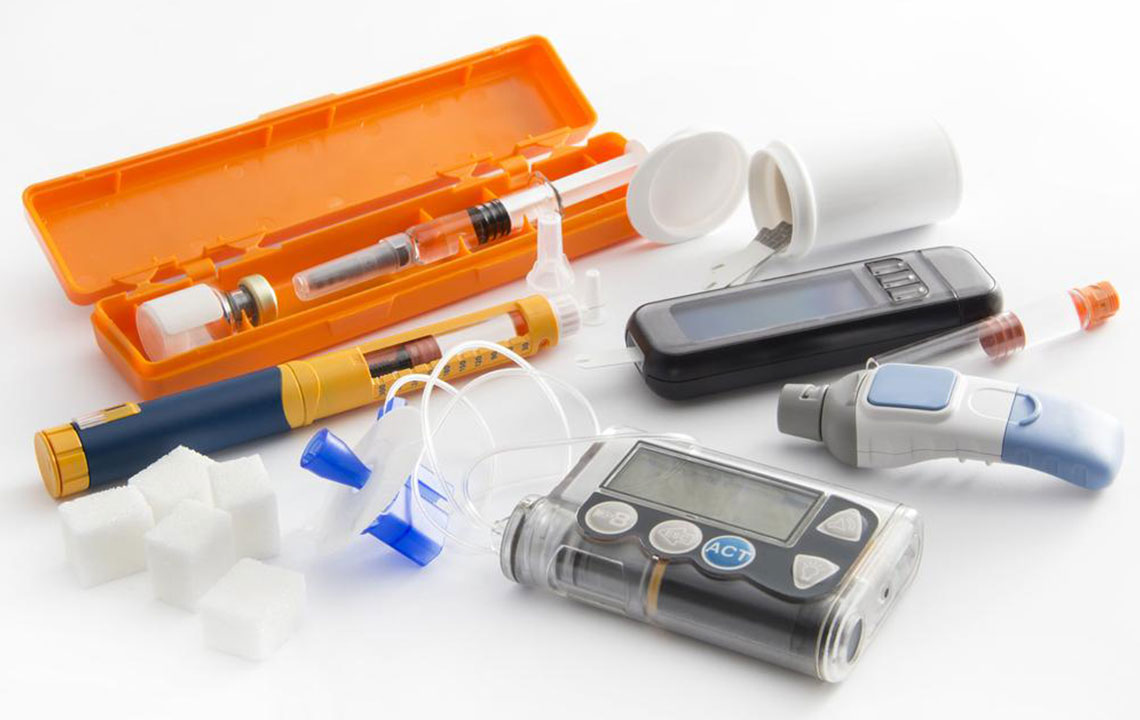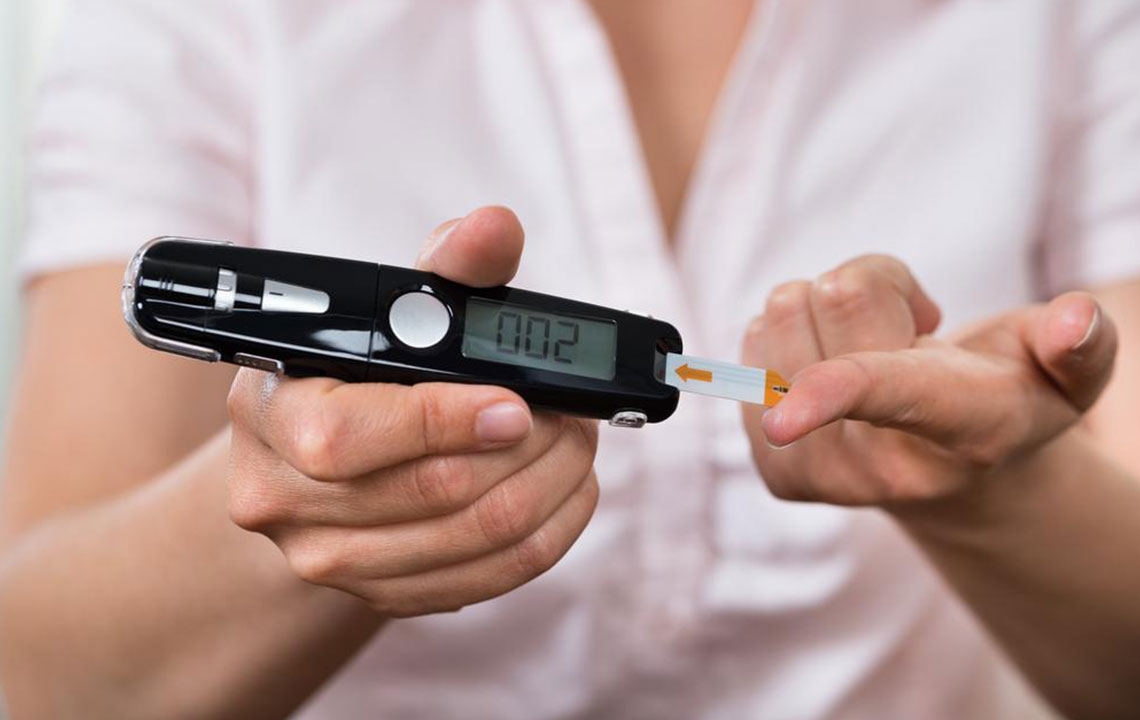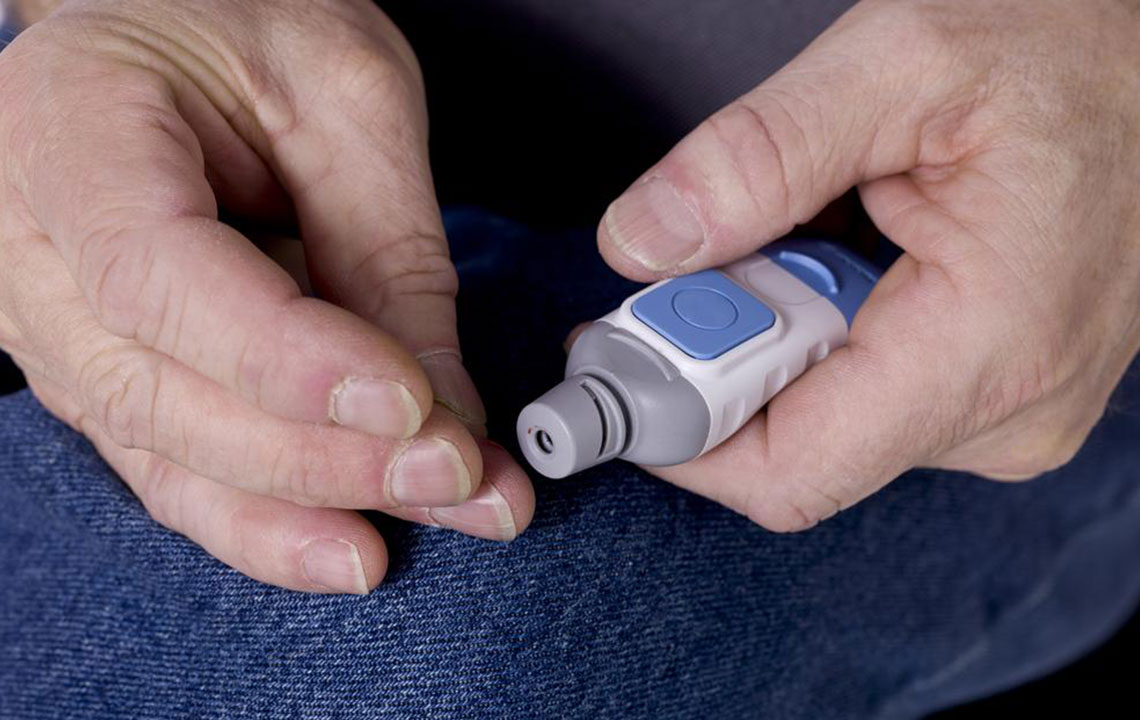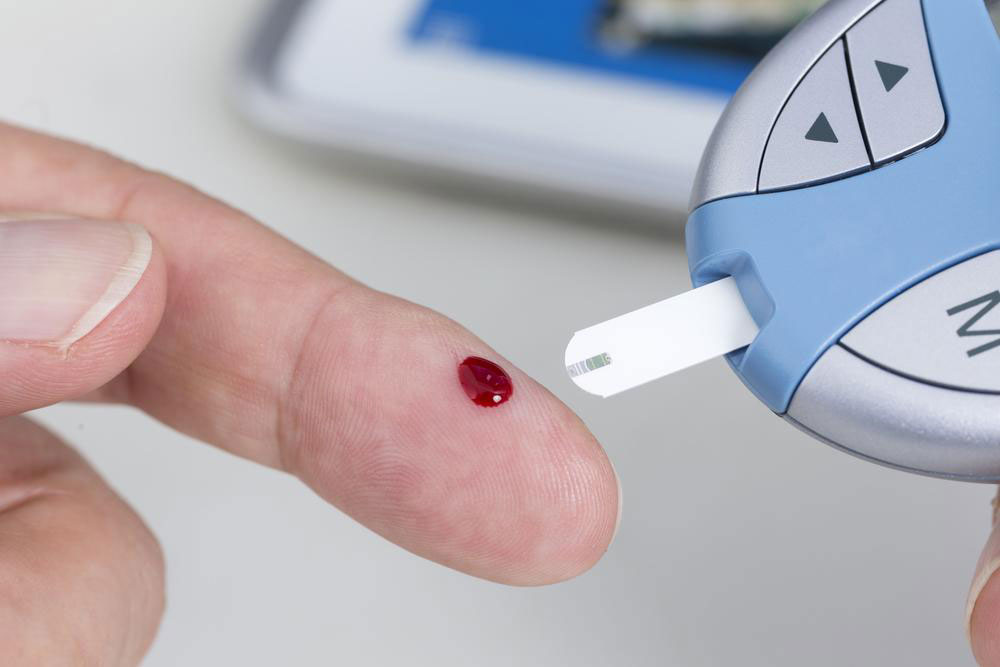Understanding Blood Sugar Levels: Essential Facts and Management Tips
Learn everything about blood sugar levels, including normal ranges, risks of imbalances, and effective management strategies. This guide helps you understand how to maintain optimal blood glucose and prevent related health issues through diet, exercise, and regular monitoring.
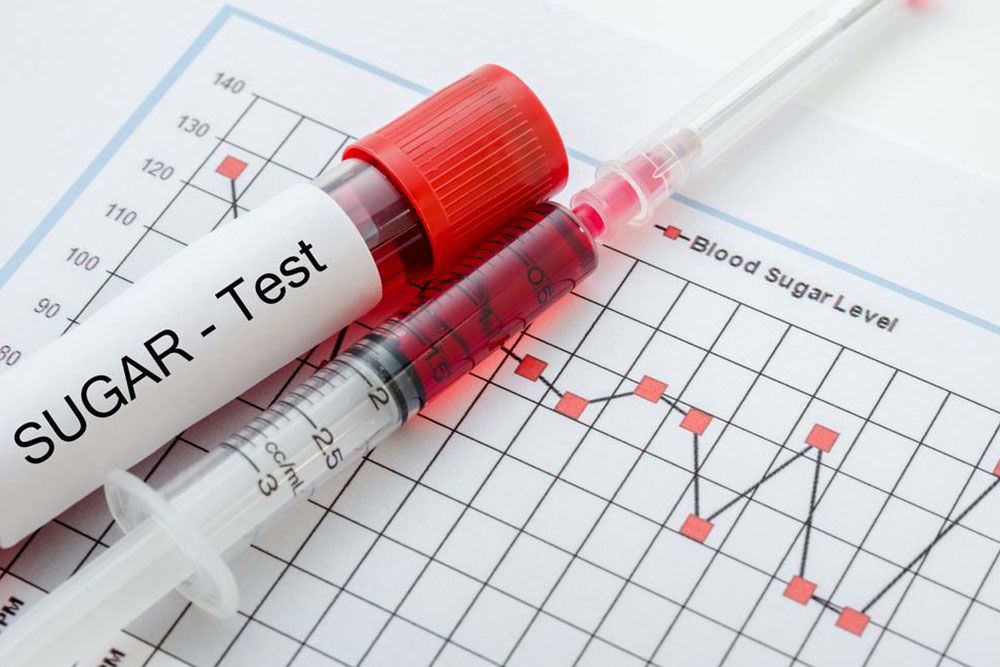
Understanding Blood Sugar Levels: Essential Facts and Management Tips
Blood glucose, commonly known as blood sugar, serves as the primary energy source for the human body. The measurement of the glucose present in the blood is referred to as blood sugar level or concentration.
Insulin transports glucose from the intestines to cells throughout the body, making it available for energy. Typically, blood sugar is lowest in the early morning before eating and rises after meals. Persistent deviations from normal levels can lead to health issues. Regular monitoring of blood sugar is crucial for maintaining overall health.
The standard measurement unit for blood sugar is mmol/L (millimoles per liter).
Blood Sugar Imbalances
Blood sugar levels outside the normal range indicate an imbalance, which falls into two categories:
Hyperglycemia (High Blood Sugar): When blood glucose exceeds normal limits, it is termed high blood sugar or hyperglycemia.
Hypoglycemia (Low Blood Sugar): When levels drop below normal, it is known as low blood sugar or hypoglycemia. Both conditions can be harmful, with high levels linked to heart issues and low levels causing severe bodily weakness or insulin shock.
Many factors influence a person's blood sugar levels.
For non-diabetics, fasting blood sugar should typically be between 3.9 and 5.5 mmol/L (70 to 100 mg/dL). The average normal level hovers around 5.5 mmol/L (100 mg/dL), though fluctuations occur throughout the day. Non-fasting levels should remain below 6.9 mmol/L (125 mg/dL). For diabetics, pre-meal levels should be between 5.0 and 7.2 mmol/L (90-130 mg/dL), and post-meal levels should stay under 10 mmol/L (180 mg/dL).
Managing blood sugar involves regular physical activity, dietary control, adequate hydration, and adherence to a proper diet. Including foods like kale, spinach, legumes, green tea, nuts, and fiber-rich options in your diet can assist in maintaining healthy blood sugar levels. Regular medical checkups and blood tests are essential, especially for those diagnosed with diabetes, to keep blood glucose within a healthy range.



